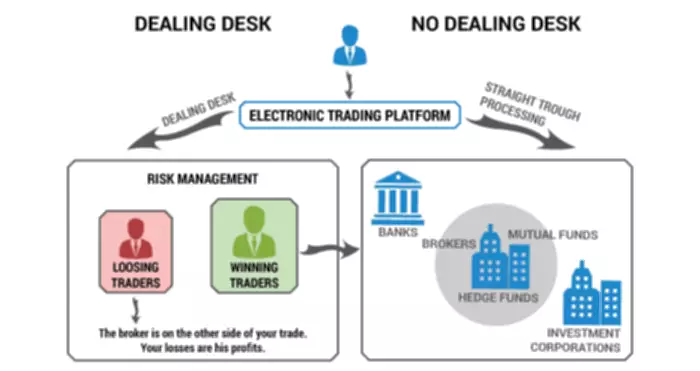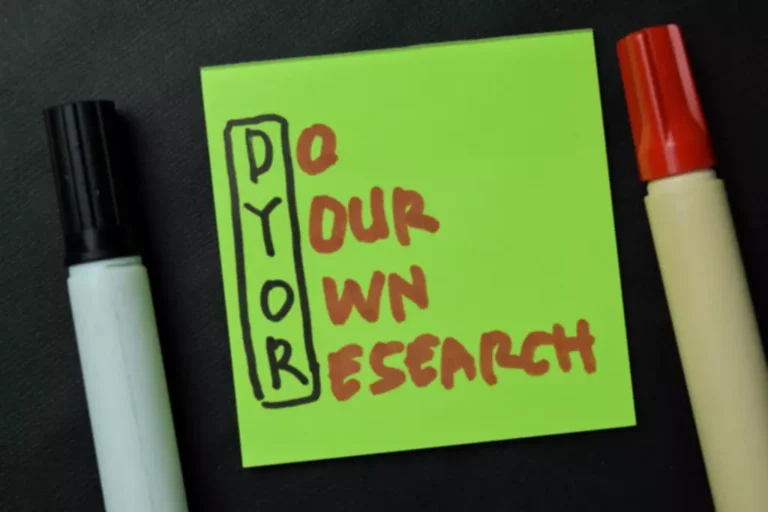However, a energy of proof-of-stake over proof-of-work is that the community has flexibility in mounting a counter-attack. For instance, the trustworthy validators might decide to maintain building on the minority chain and ignore the attacker’s fork whereas encouraging apps, exchanges, and swimming pools to do the same. They might also resolve to forcibly remove the attacker from the network and destroy their staked ETH. Whereas underneath proof-of-work, the timing of blocks is set by the mining problem, in proof-of-stake, the tempo is fastened. Time in proof-of-stake Ethereum is split into slots (12 seconds) and epochs (32 slots). One validator is randomly chosen to be a block proposer in each slot.

Of course, Ethereum’s move to proof of stake has been six months away for years now. “[We thought] it would take one 12 months to [implement] POS … but it truly [has] taken around six years,” Ethereum’s founder, Vitalik Buterin, advised Fortune in May 2021. Not only does proof of work waste electrical energy, it generates electronic waste as properly. Specialized pc servers used for crypto mining usually turn out to be obsolete in 1.5 years, they usually find yourself in landfills. It would be onerous to overstate how much business excitement there has been round this shift. Many hope it might possibly each rehabilitate the status of crypto for skeptics and enhance the efficiency of Ethereum’s enormous ecosystem of businesses and builders.
Ethereum is moving to a consensus mechanism referred to as proof-of-stake (PoS) from proof-of-work (PoW). This was at all times the plan as it is a key part in the community’s technique to scale Ethereum by way of the Eth2 upgrades. However getting PoS right is an enormous technical problem and not as straightforward as using PoW to achieve consensus throughout the community. After the merge, you’ll eventually be capable of run smart contracts on mainnet Ethereum utilizing proof of stake somewhat than proof of labor. You’ll additionally be able to withdraw any ETH you’ve staked on Ethereum 2.zero.
Mainnet
So far 9,500,000 ETH ($37 billion, in current value) has been staked there. The plan is to merge it with the primary Ethereum chain in the next few months. Its creator needed to get rid of the control that third parties, typically big banks or states, exerted over monetary systems.
The Merge marked the end of proof-of-work for Ethereum and start the period of a more sustainable, eco-friendly Ethereum. Ethereum’s power consumption dropped by an estimated ninety nine.95%, making Ethereum a green blockchain. Among Bitcoin purists, there’s fear of creating radical adjustments, Emin Gün Sirer, the creator of Avalanche, a competitor to Ethereum, informed MIT Technology Review. “That fear stems partly from not wanting to take on any risk, and partly from the worry that such changes might finally erode the faith in different algorithmic restrictions,” he says.
- Bitcoin Cash did launch, as a fork within the Bitcoin software in August 2017.
- It took an extra eight years to develop proof-of-stake to the purpose the place it could be implemented.
- For example, the sincere validators might determine to maintain building on the minority chain and ignore the attacker’s fork whereas encouraging apps, exchanges, and swimming pools to do the identical.
- Having one specific validator pre-selected to suggest a block in each slot creates the potential for denial-of-service where massive quantities of network traffic knock that specific validator offline.
It eliminated the need for energy-intensive mining and instead enabled the network to be secured using staked ETH. It was a really thrilling step in realizing the Ethereum vision—more scalability, security, and sustainability. But the core maintainers can’t make the switch alone, Stolfi says.
Nervos Community
Finality is the time it takes to protect a transaction on the blockchain. Finality ensures that a particular block within the blockchain can’t be changed or reversed. The validator choice in Ethereum’s Proof of Stake (PoS) system is based on a validator’s stake within the community. To clarify, the larger the stake, the extra doubtless that node might be chosen to add the model new block to the chain.
Users won’t have to do anything with their funds or digital wallets as part of the upgrade, they say. The Ethereum Foundation, a outstanding non-profit organisation that says it supports Ethereum, says the upgrade will pave the way for further blockchain updates that may facilitate cheaper transactions. The APR can additionally be deliberately dynamic, allowing a market of stakers to steadiness how a lot they’re willing to be paid to assist safe the network. If the rate is just too low, then validators will exit at a fee limited by the protocol. Gradually it will increase the APR for everyone who remains, attracting new or returning stakers but again.
Assault Floor
Proof of stake, first proposed on an internet discussion board called BitcoinTalk on July 11, 2011, has been one of many extra popular options. In fact, it was supposed to be the mechanism securing Ethereum from the beginning, based on the white paper that originally described the brand new blockchain in 2013. We won’t know immediately whether the Merge—the moment when Ethereum’s main network joins with the layer that is using the new consensus mechanism—lives as a lot as its transformative promise.

Instead of expending computing vitality to resolve a puzzle, the nodes validating new transactions stake their own value as collateral. These nodes then run efficiently and honestly to avoid dropping that collateral. Slashing is a disciplinary system utilized by PoS protocols to penalize validators for any dangerous https://www.xcritical.com/ or irresponsible behaviors. This normally involves the network deducting some of their security deposit (their preliminary staked coins). Proof of Stake (PoS) is a sort of consensus mechanism that’s used to secure blockchain networks.
If the block is invalid for whatever purpose, the node software program will disregard it as invalid and stop its propagation. The Beacon Chain was not originally processing Mainnet transactions. Instead, it was reaching consensus on its own state by agreeing on energetic validators and their account balances.
Since the amount can be “slashed” by the community (if a validator fails to behave appropriately) validator nodes have a vested interest in behaving in a way that advantages the blockchain. Cryptocurrencies haven’t any central guardian, like a bank, to oversee their public ledgers—the shared digital document of every transaction on the blockchain. In proof of work, the method Bitcoin depends on, a worldwide community of computers—known as “miners”—spends electrical energy making an attempt to win a lottery of types.

To attack a proof-of-work chain, you have to have greater than half the computing power in the community. In contrast, with proof of stake, you have to control greater than half the coins within the system. As with proof of labor, this is troublesome but not unimaginable to attain. After the merge, subsequent upgrades will improve the capacity and velocity of the community by introducing “shard chains.” These will broaden the community to sixty four blockchains. The merge needs to happen first because these shard chains rely on staking. Both PoW and PoS are forms of consensus mechanisms that enable cryptocurrency networks to operate with no central governing authority.
Coinbase Wrapped Staked Eth
With proof-of-stake, the cost of staking and the proportion return on that stake are the same for everybody. Once a new shard block proposal has enough attestations, a “crosslink” is created which confirms the inclusion of the block, and your transaction, within the beacon chain. Layer-2 scaling solutions quickly transition ETH and ERC-20 tokens to another blockchain, which completes computational busywork for a fraction of the cost and at a far cheaper price. The Ethereum Foundation famous that the necessity for scaling via shard chains has been offset somewhat by layer-2 scaling solutions, like Optimism and Arbitrum. The merge is considered one of a set of upgrades that must also make Ethereum quicker and cheaper to use. Right now, Ethereum is beleaguered by sluggish transaction instances and excessive prices.

After China cracked down on the process in mid-2021, miners sought out different areas of the world the place energy was cheap, but not at all times clear. In locations like Kazakhstan, miners put pressure on the facility grid, which relies heavily on carbon-intensive coal-fired energy bitcoin vs ethereum stations, inflicting localized blackouts and contributing to civil unrest. Thousands of present smart contracts operate on the Ethereum chain, with billions of dollars in belongings at stake. An algorithm selects from a pool of validators based on the quantity of funds they’ve locked up.

Validators vote for pairs of checkpoints that it considers to be valid. If a pair of checkpoints attracts votes representing a minimum of two-thirds of the total staked ETH, the checkpoints are upgraded. The earlier of the 2 is already justified because it was the “goal” in the previous epoch. Under proof-of-work miners compete for the proper to mine a block. Miners are more profitable once they can carry out calculations sooner, incentivizing investment in hardware and energy consumption. This was noticed for Ethereum earlier than it switched to proof-of-stake.
The merge itself won’t resolve high gas prices, however—it simply units the stage for a set of upgrades that can finally reduce costs. These upgrades was generally identified as Ethereum 2.0, but that terminology was scrapped in early 2022. In September 2022, Ethereum made the transition from a power-hungry, proof-of-work system to an environmentally pleasant proof-of-stake system. This change is identified as the “merge.” Here’s what you want to know. Investors are betting the change shall be vital for the value of ether, which has gained greater than 50% since the end of June, compared to a slight loss for bitcoin. After merging ‘Eth1’ and ‘Eth2’ right into a single chain, there is not any longer any must
